A short trip to London at the weekend, for my sister's graduation, gave me the opportunity to visit the Beazley Designs of the Year exhibition in The Design Museum.
I wondered why the museum had been overlooked on our previous class trip during London design week, only to find out it just recently opened in November 2016 at its current location.
Unfortunately, my visit was very time restricted. I arrived less than an hour before closing! Rushing in to get out of the miserable London weather I managed to snap a few pics of the tasteful lighting on the exterior.
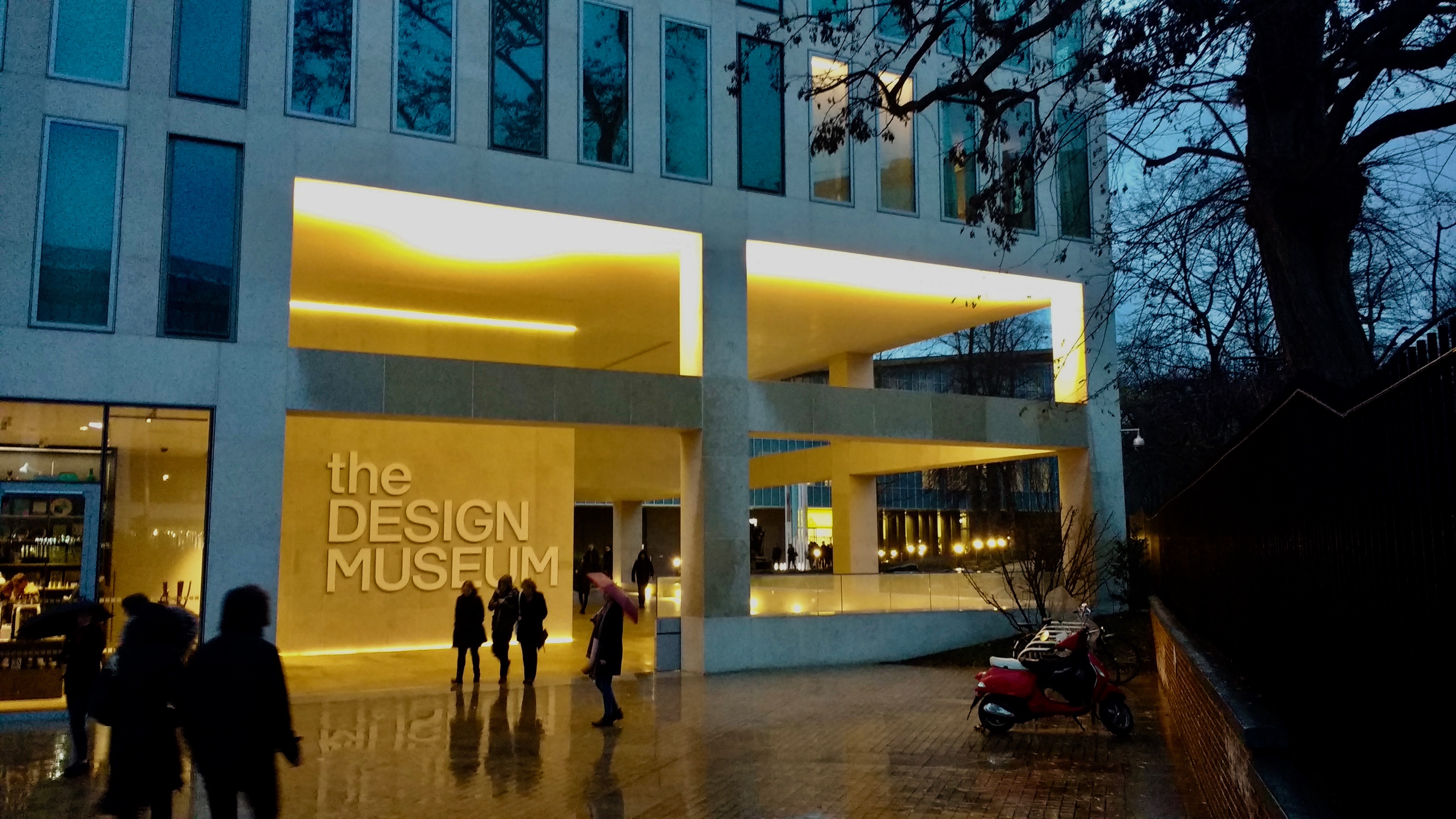
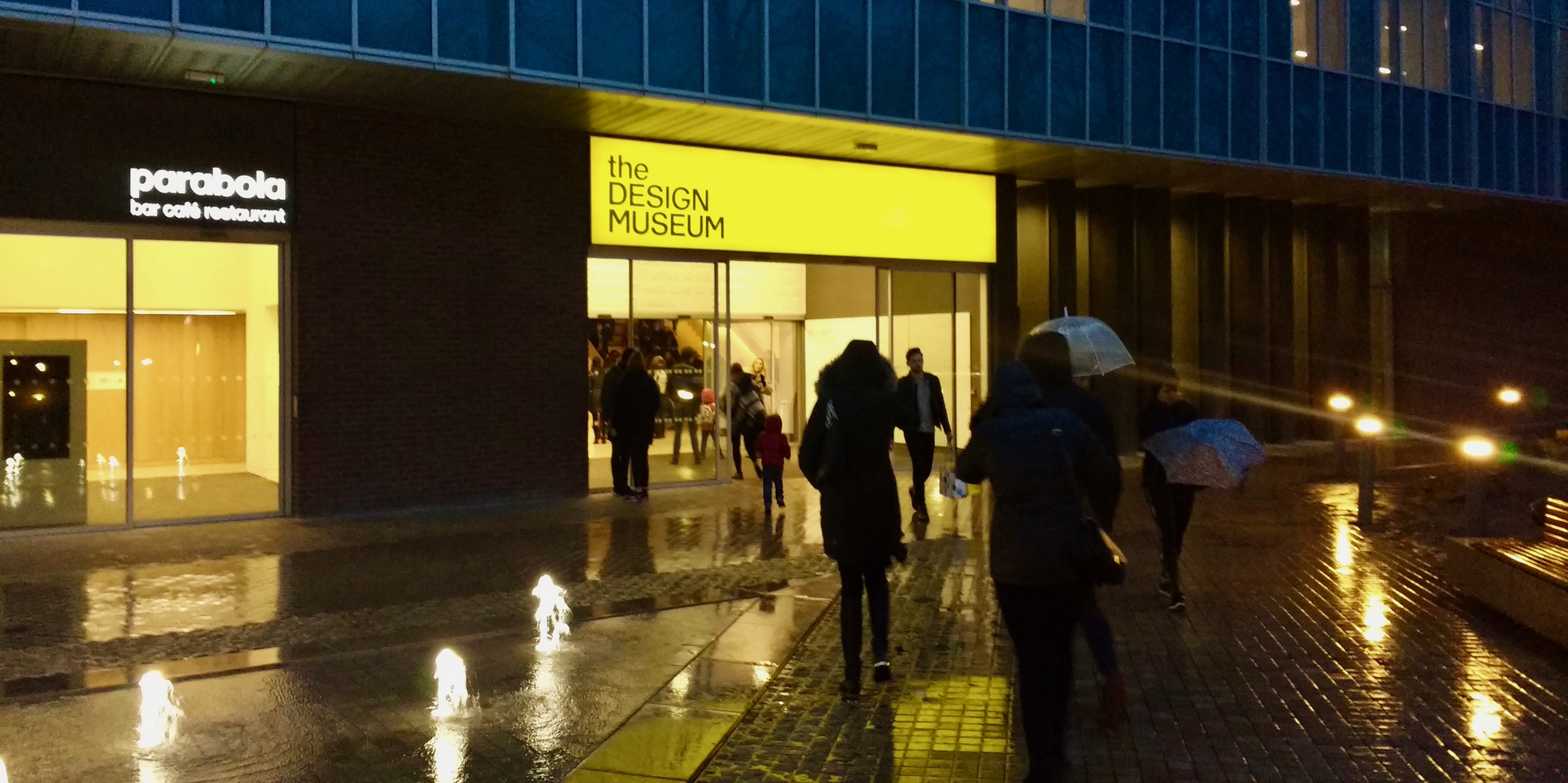
First impressions are always key and the interior didn't disappoint.
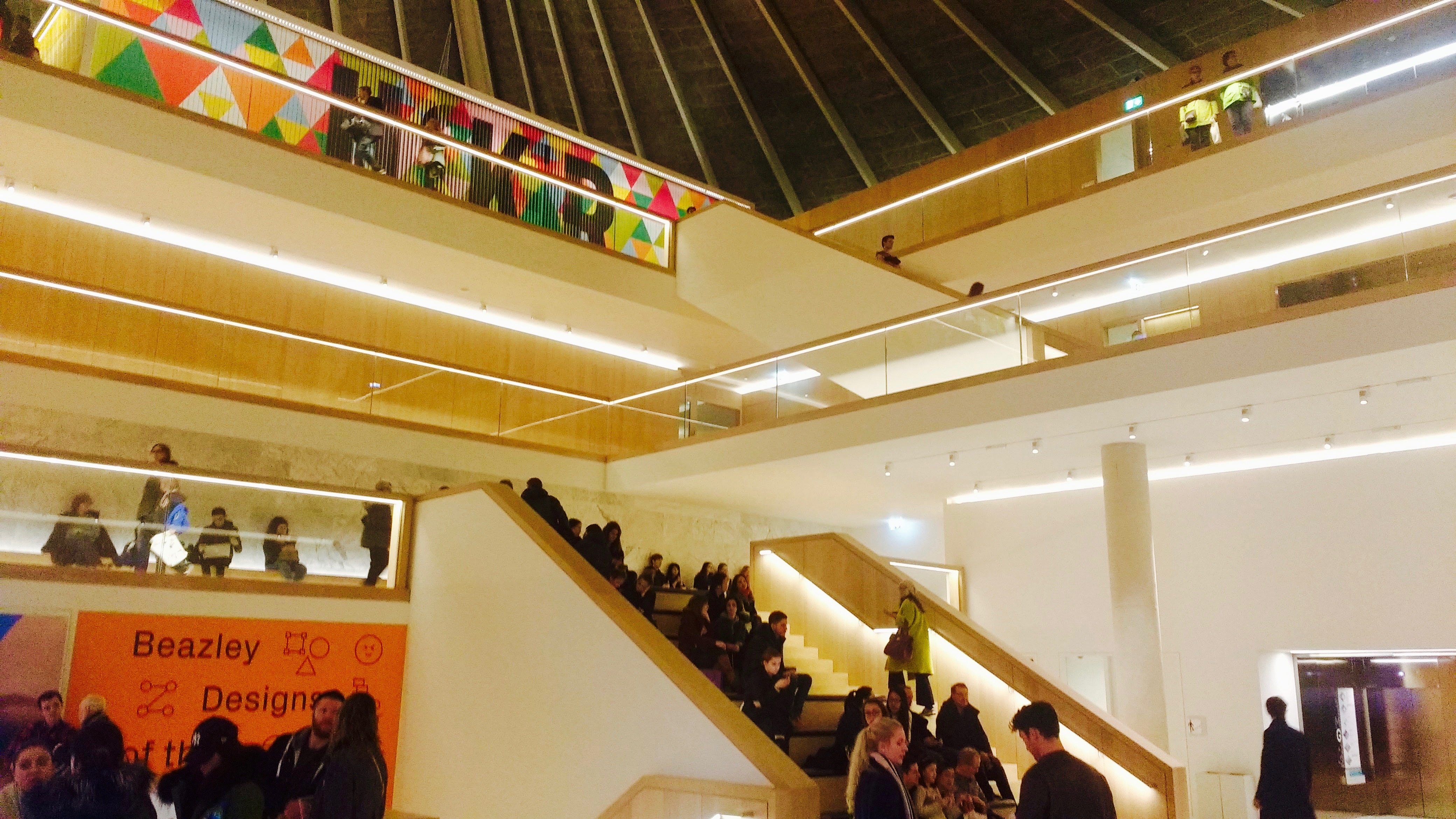
Sadly, until my next visit, I will only have "first impressions". The exhibition was held in the basement leaving me no time to explore what seemed to be a warm open collective gathering space.
As for the exhibition, 70 designs were a lot to run through in just under 45 minutes! Thought I'd take this chance to share with you some designs I found intriguing.

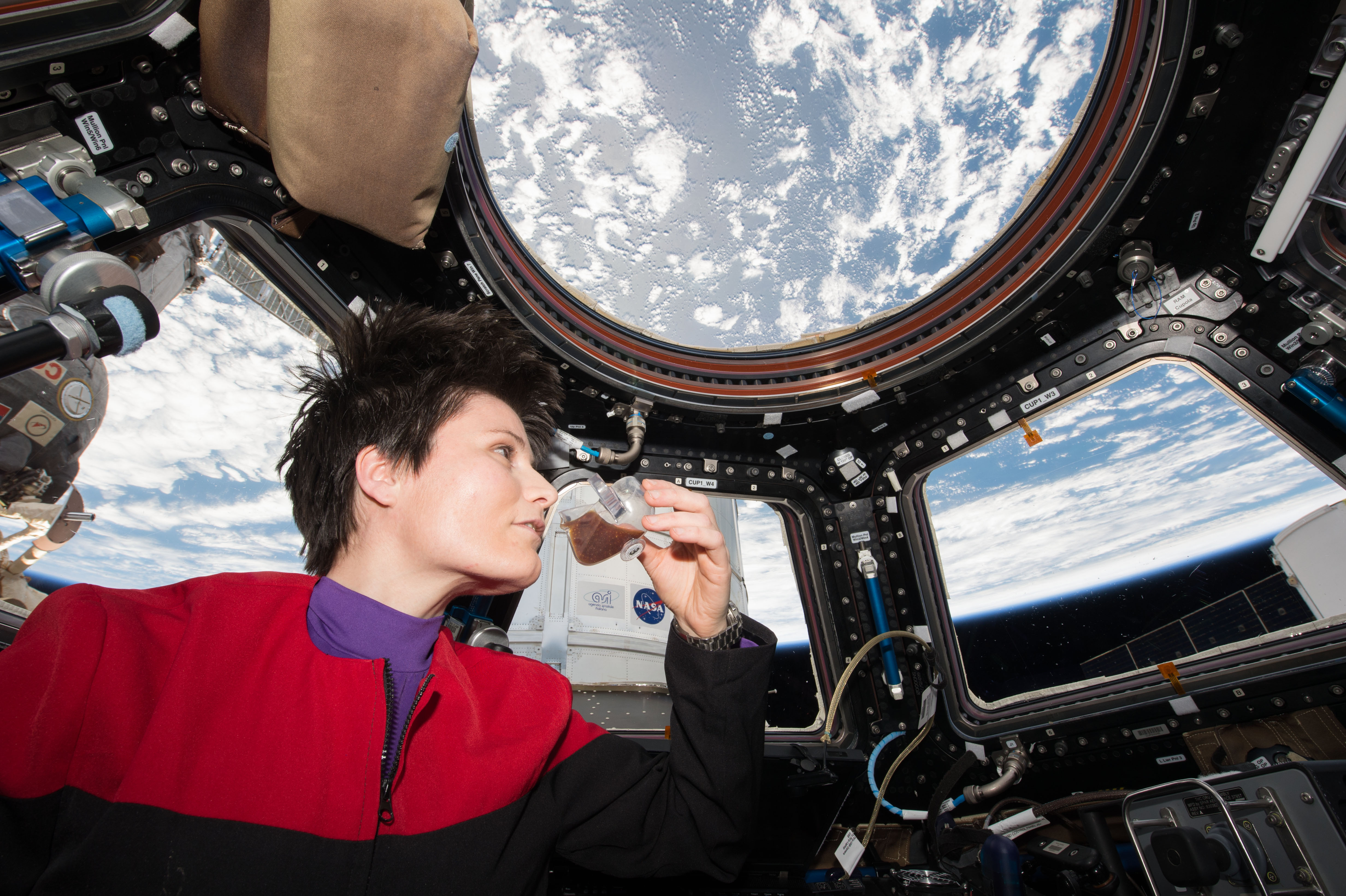
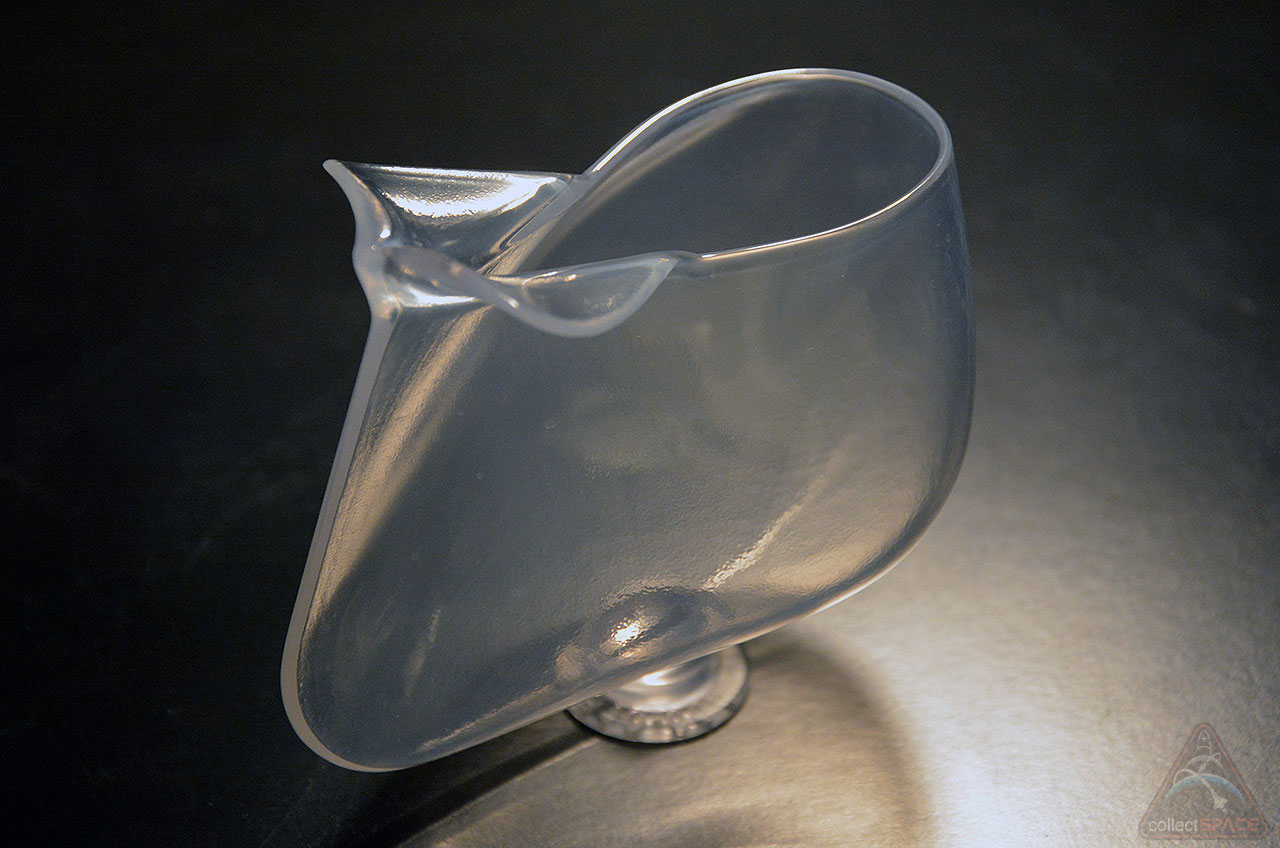
Space Cup
The zero gravity cup on display was one of the most mind blowing designs I came across. After watching a short video (with no narrative) of the cup in use, it still wasn't clear how it actually worked. Years of researching microfluidics, testing and retesting prototypes have led to this final solution. It's quite amusing to think that an everyday object we take for granted here on earth can represent a breakthrough in the combination of both design and technology. The cup's form, as you would expect, is purely functional with a transparent finish for that glimpse at liquid wizardry. The pure simplicity of function (drinking from a cup) mixed with the complexity of development for zero gravity has, of course, led to the space cup being labelled great design.
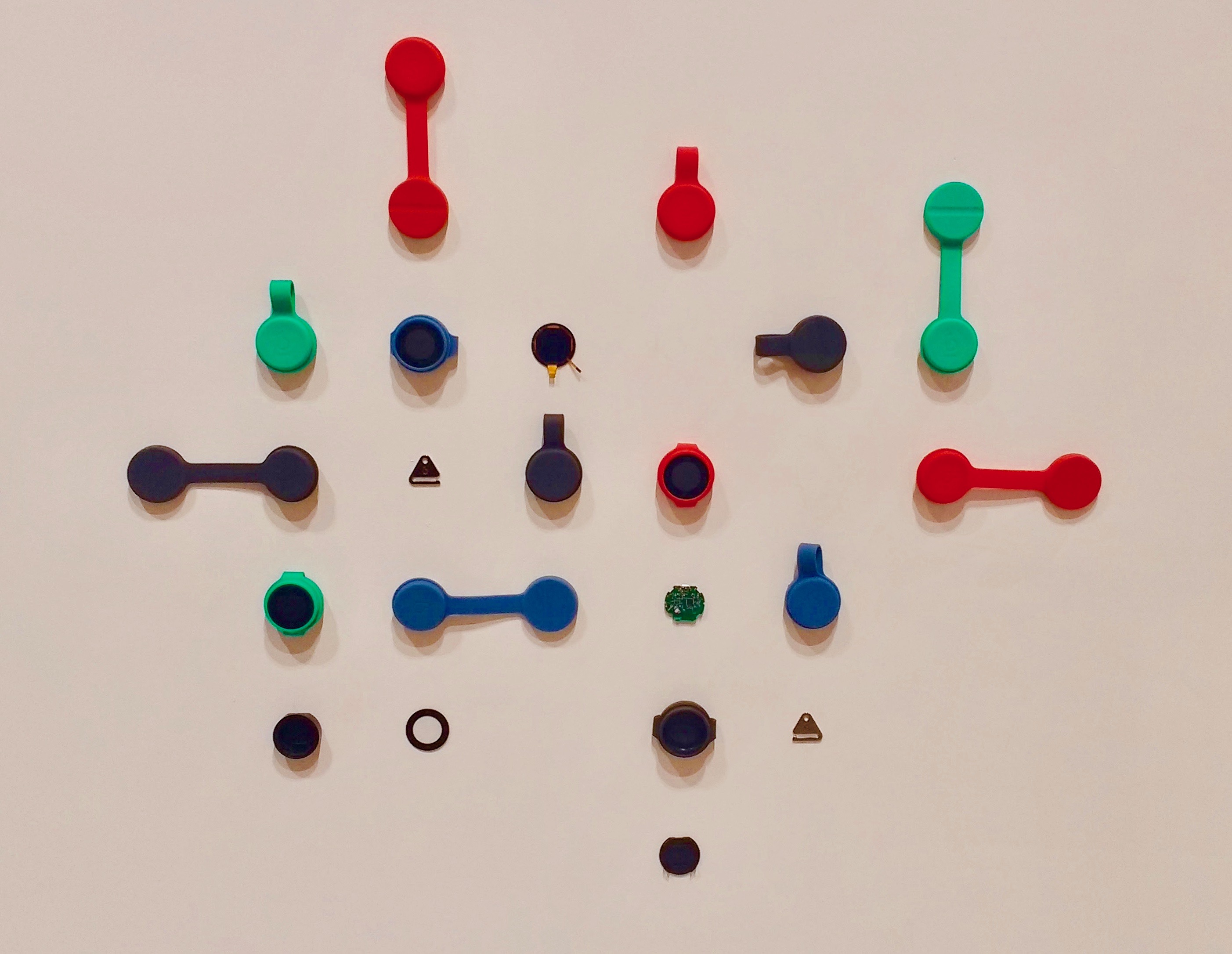
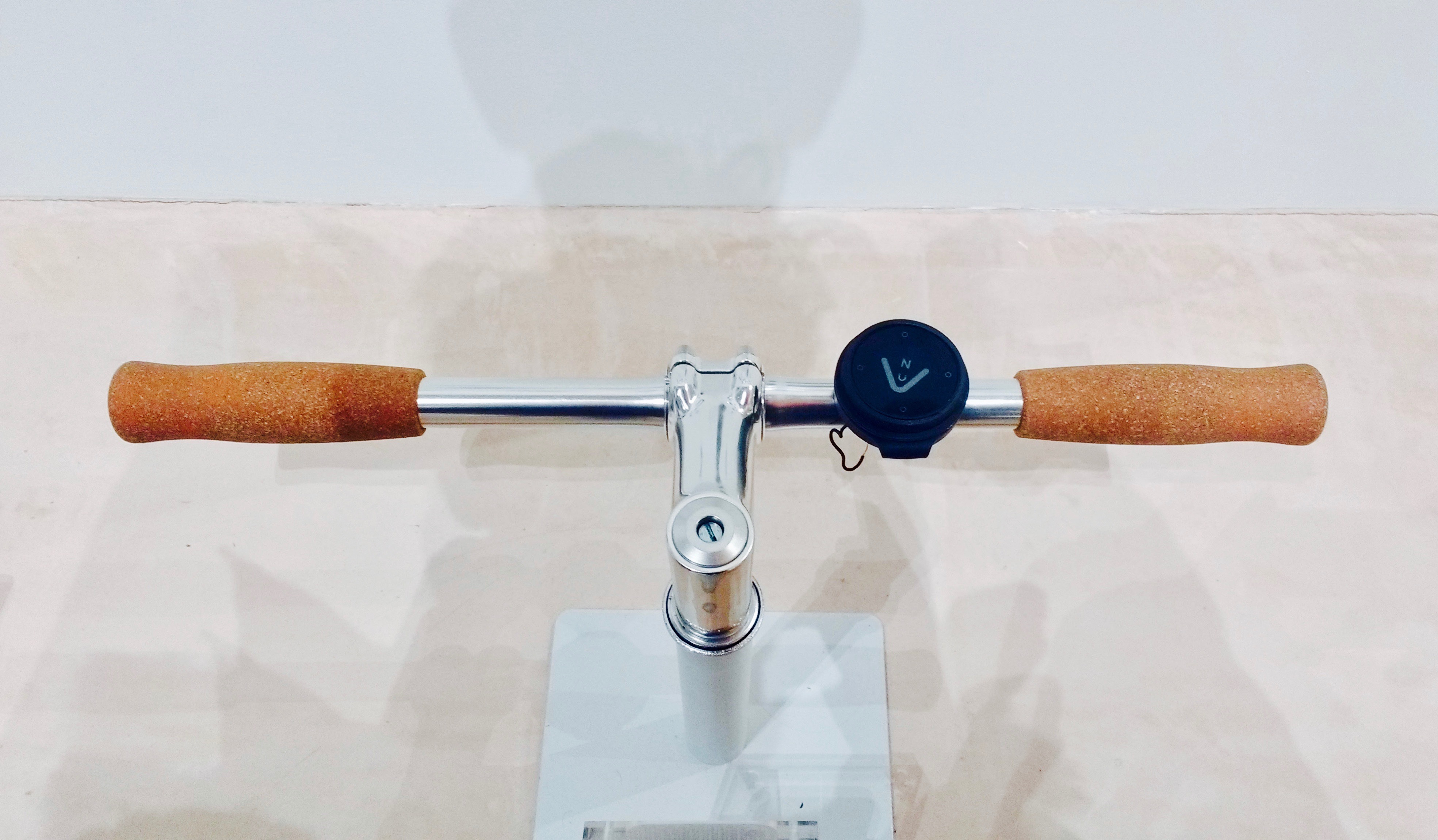
BeeLine
Thought I'd mention this as its relative to our current PDE project. Beeline is a digital compass you attach to the handlebars of your bike. The device connects to your phone via Bluetooth. When you enter a destination on maps the compass arrow updates and points in the direction of your destonation. The device can be seen as a game of sorts, the compass will show you the direction and distance to your destination, but how to get there is up to you! BeeLine reduces navigation back to the times of just using a compass. No complicated maps to read while riding or directions to listen to. I guess the design is ideal for users who have a rough mental guide of a city in their head. However, using the beeline somewhere unfamiliar could be tricky. What happens when you get to a river with no crossing point?
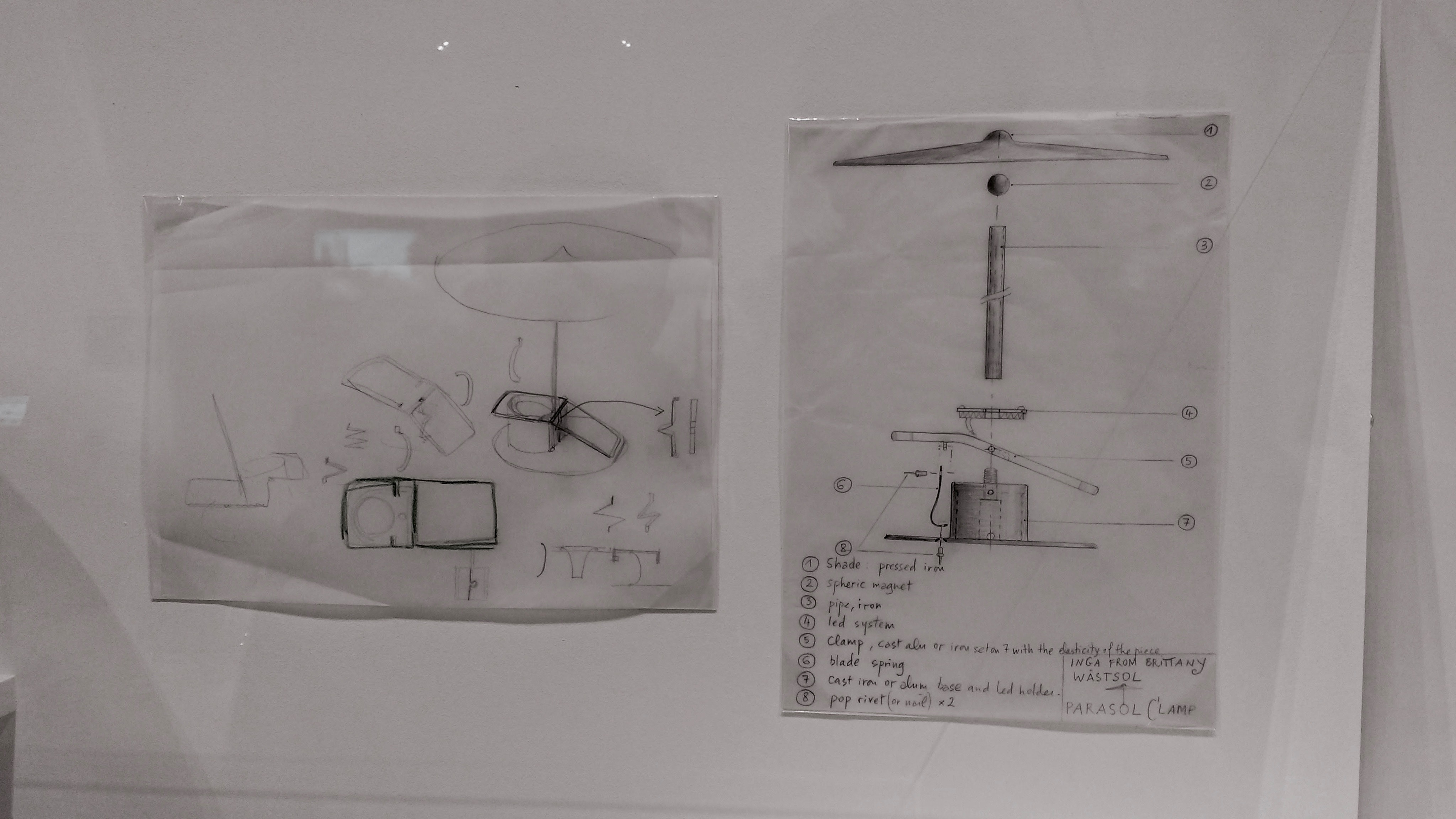
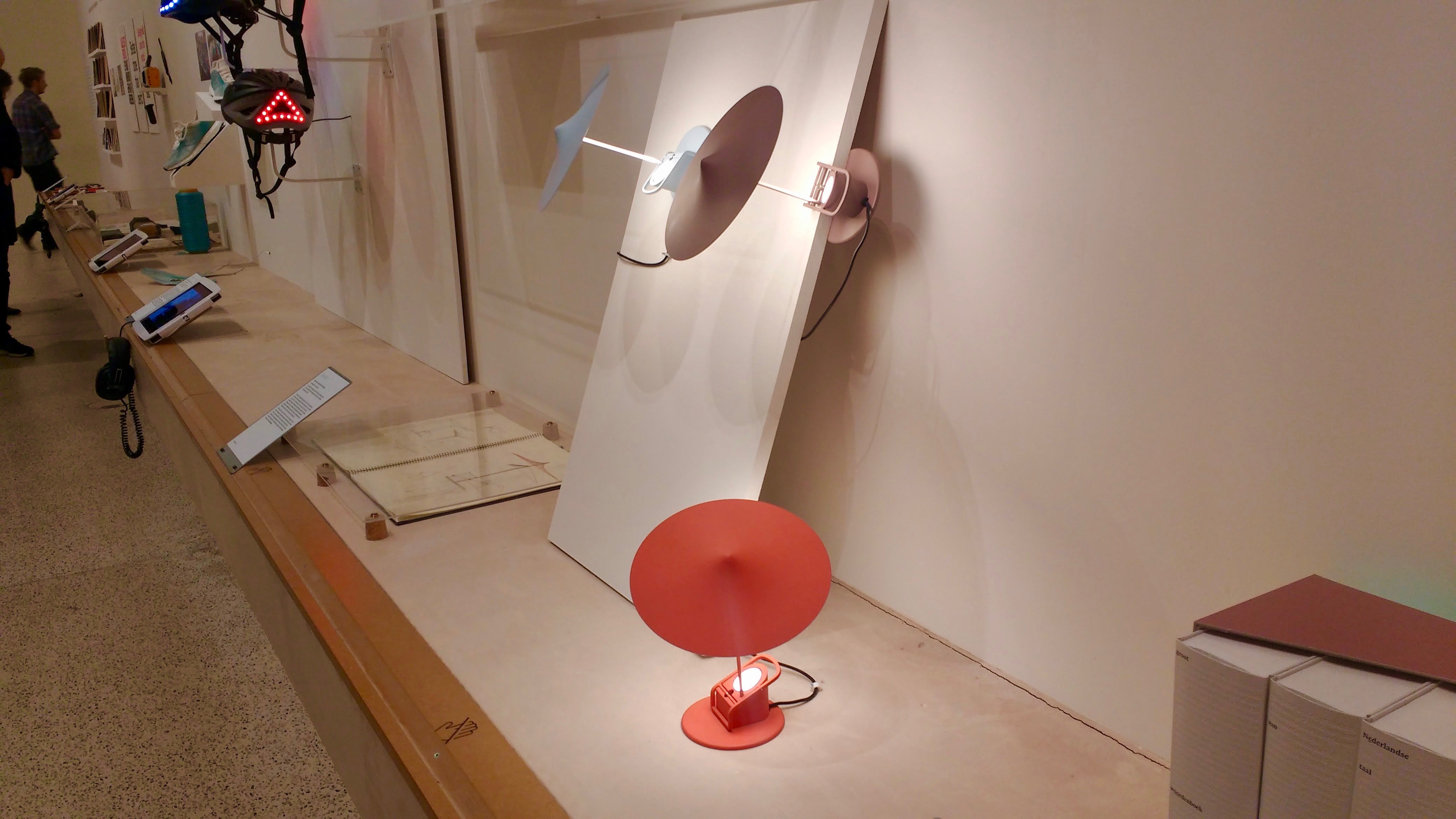
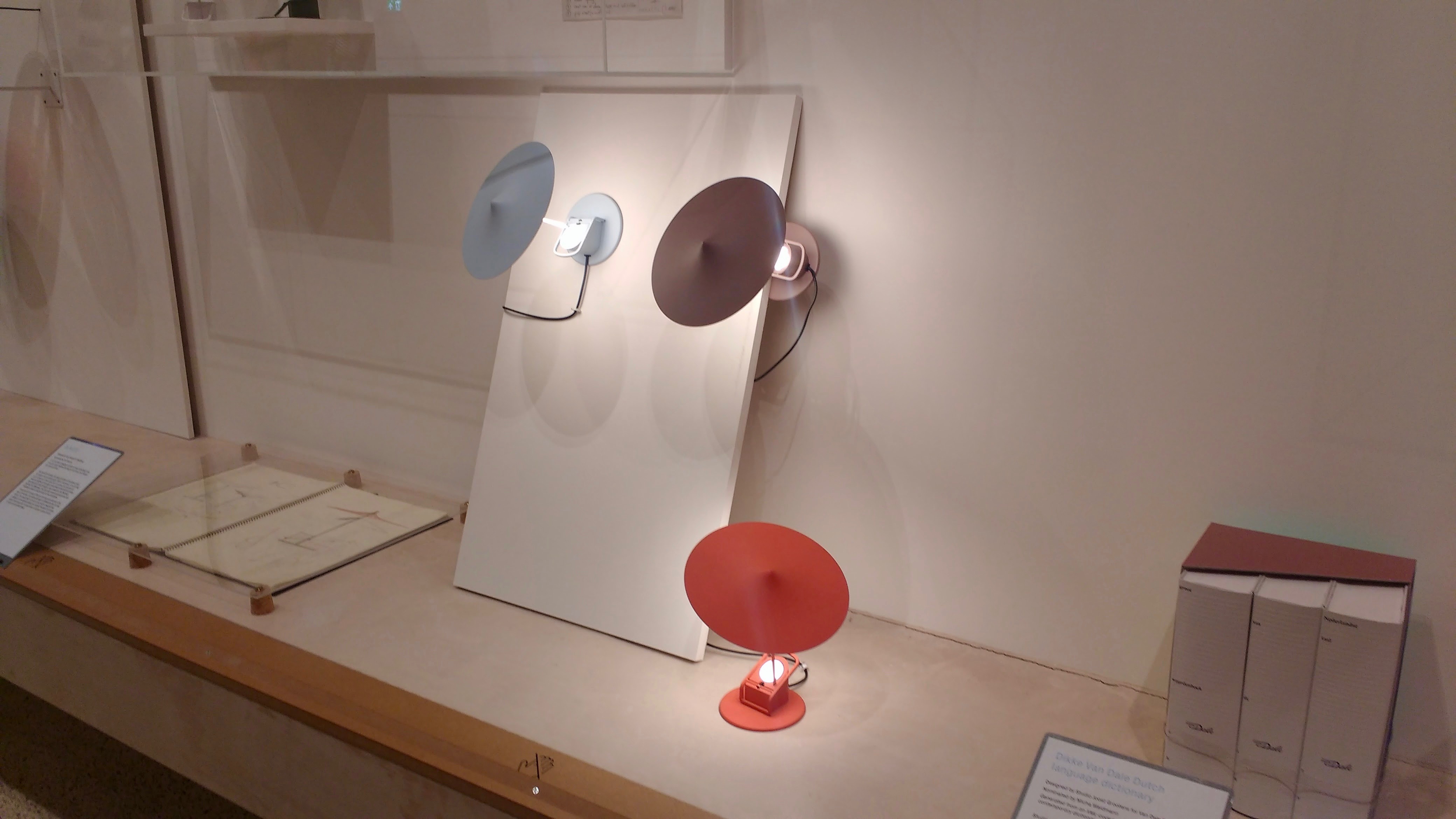
Ile/w153 Lamp
The ile lamp was very satisfying because of the balance between aesthetics and functionality. I always like seeing some of the design process for products like this. Both sketches and a few prototypes were on display which helped you get an idea of the designer's rational. The lamp itself can sit on any surface, be attached to the wall or clamped to the edge of a thin wall. The consideration behind the placement of the clamp above the base is ingenious and not immediately obvious to passers-by. Ile also carries its own personality with a multi-directional tilting reflecting parasol, almost sitting like a beret on the head of the lamp. This reflecting shade helps create a soft light suited to desk work or general mood lighting. It's an elegant little design that is as beautiful as it is functional.
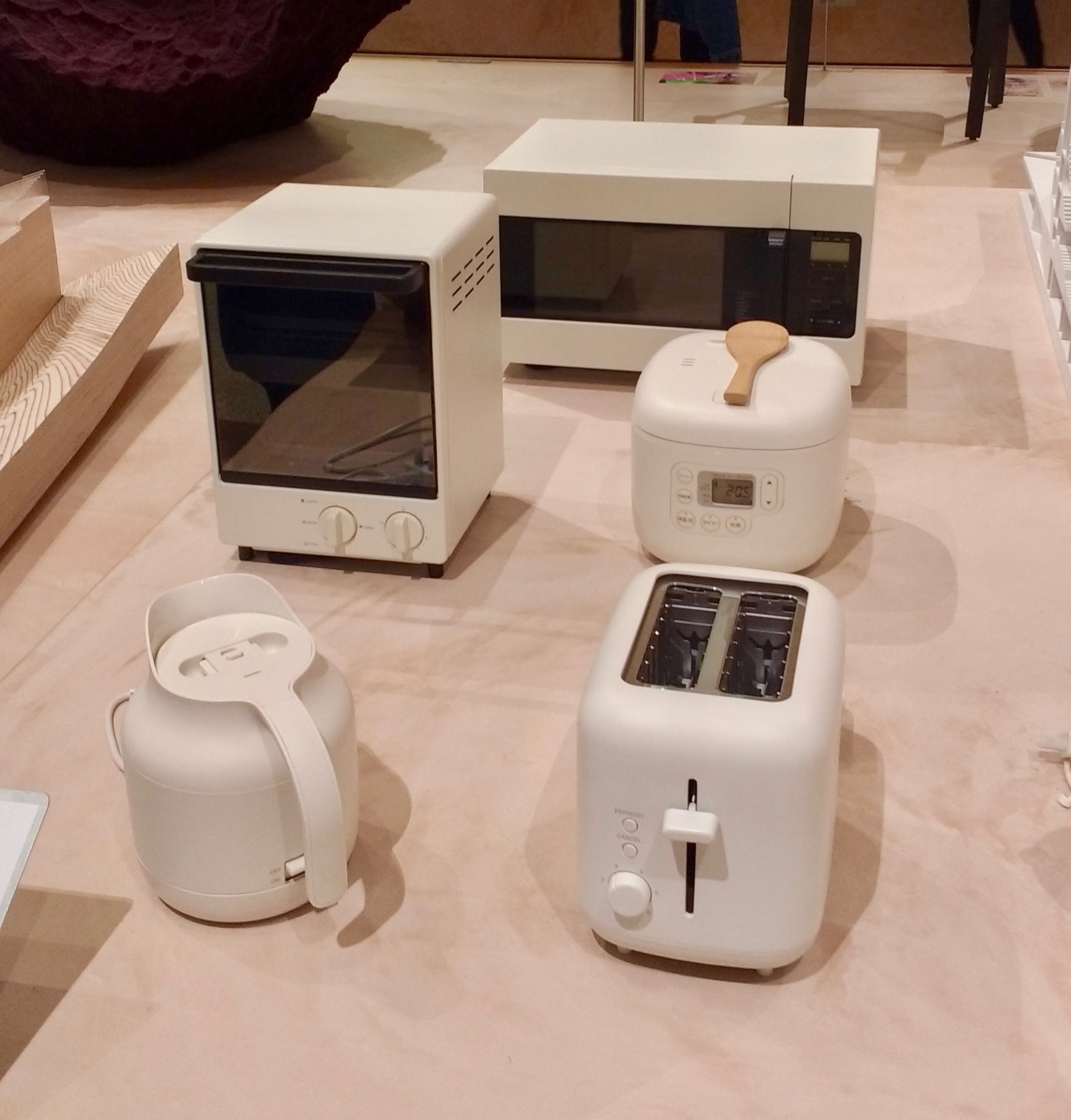
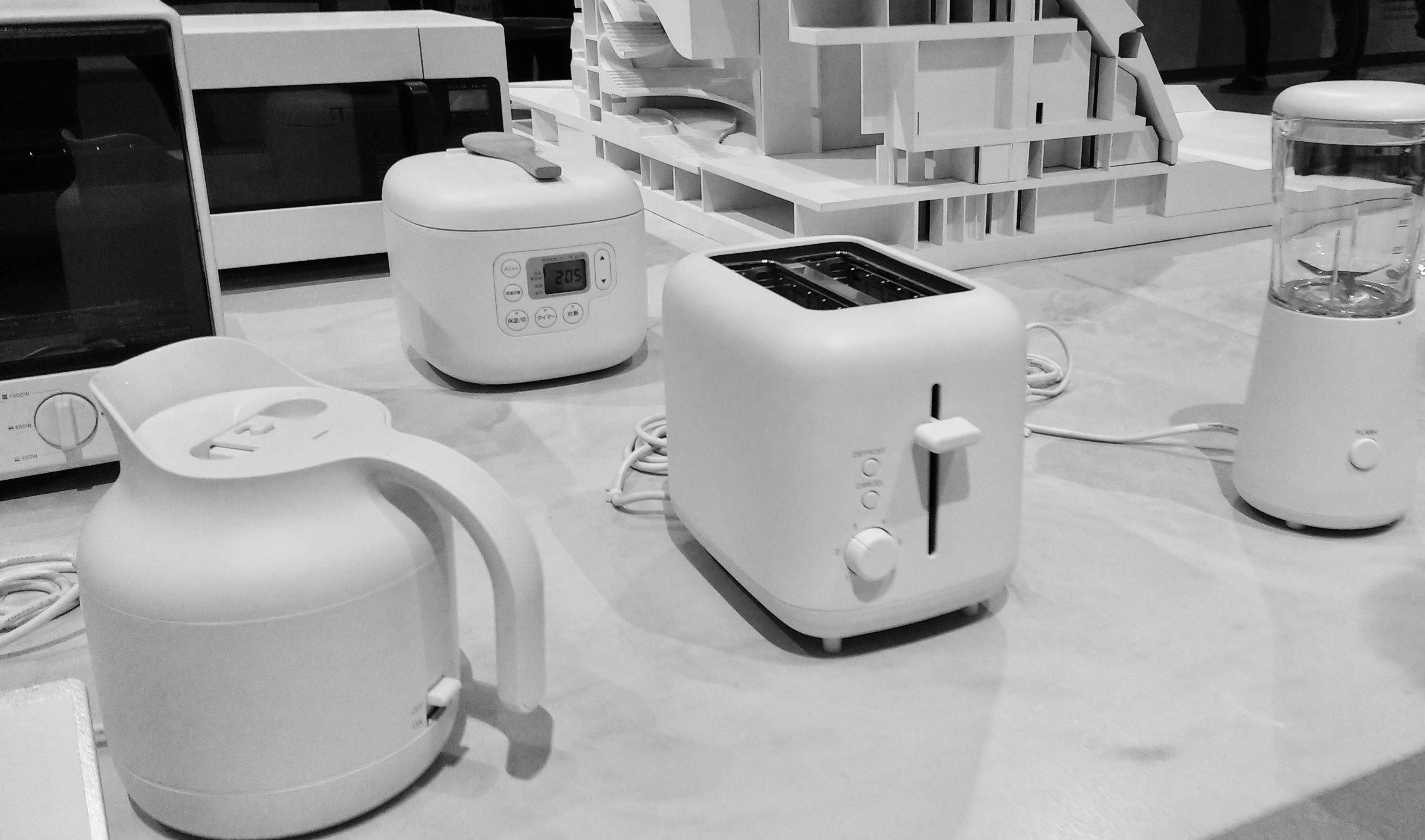
Muji Kitchen Appliances
Another satisfying balance between functionality and aesthetics was found in the Muji kitchen appliances range. Soft edges, a white finish and very retro styling made for a very inviting yet calming range of products. Well organised and considered controls ensure each appliance is easily operated and ergonomic to use. I particularly liked the, almost comical, "jug" shaped kettle. A jug is designed for the function of pouring so why not design a kettle to fulfil pouring in a reflective way?
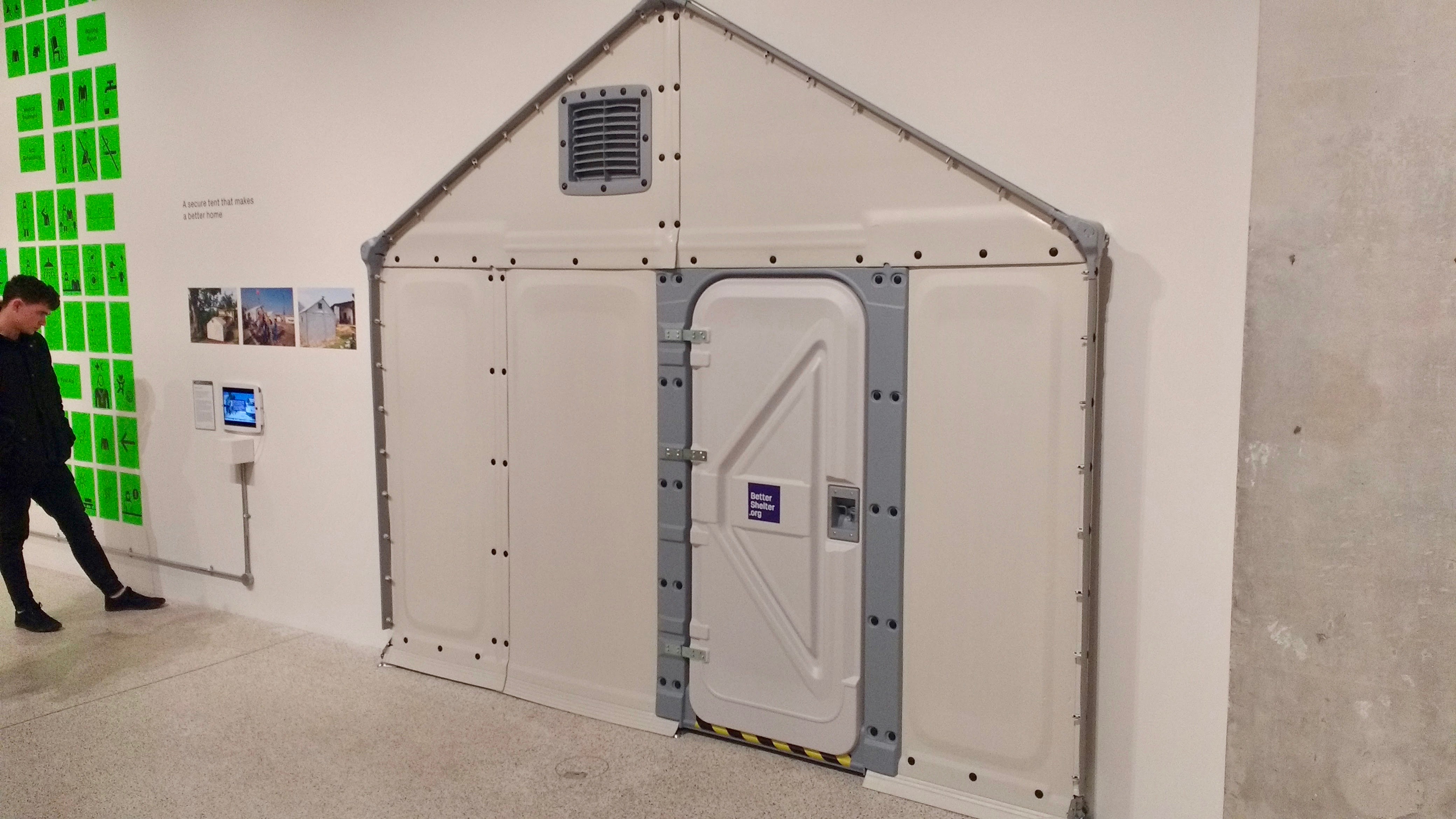
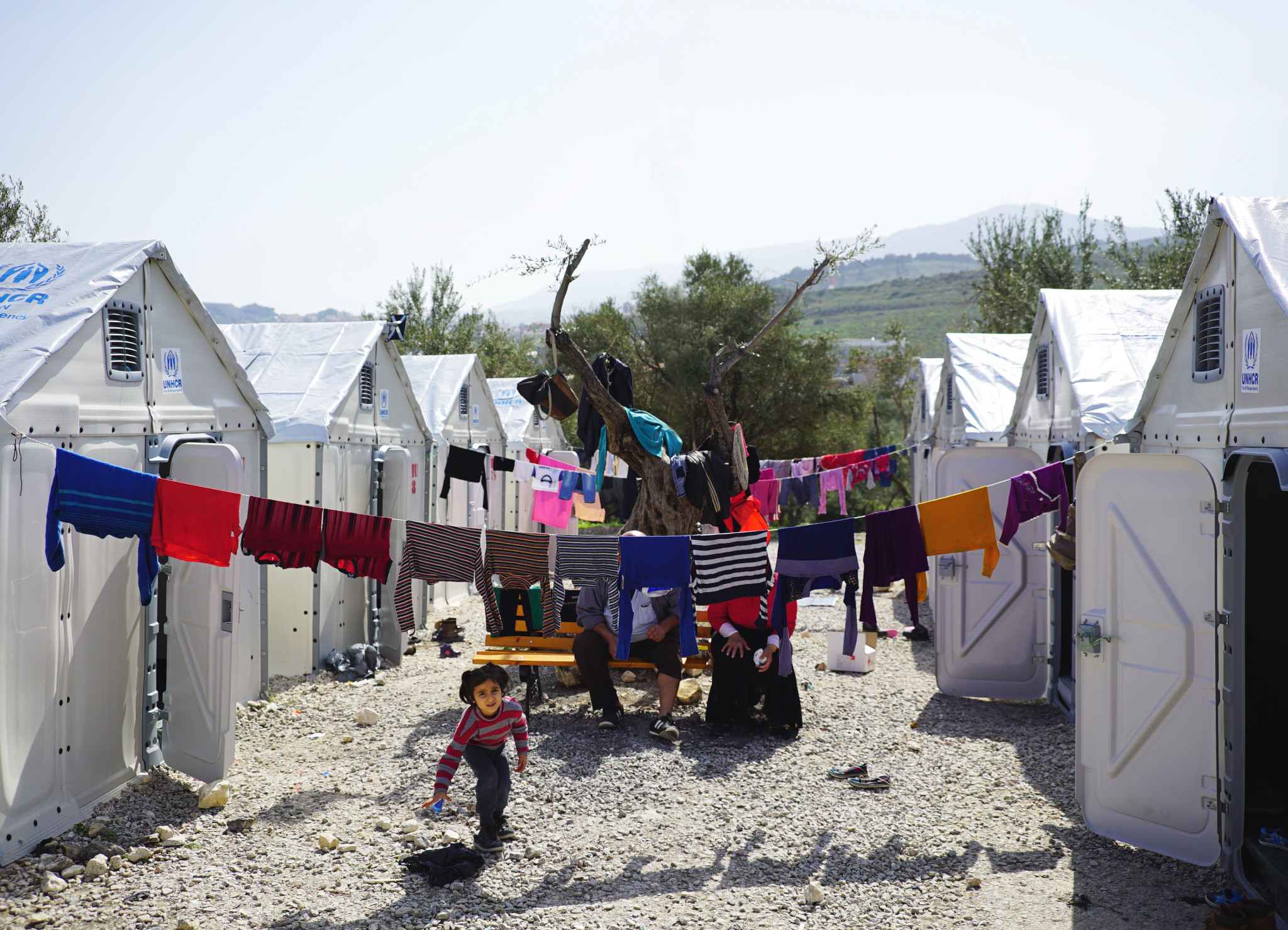
Better Shelter - Ikea
With all that's going on in the world today, I would have been very surprised if there weren't some products aimed at refugee aid. I think it's great to see design industry giants such as Ikea tackling this problem with full force. Shelter is a basic human right of the modern world. This design solves this issue by using the classic Ikea flat pack assembly method and well deserves the title Design of the Year. To see it executed so efficiently and effortlessly is a huge step forward in design humanitarian aid solutions for world crises.
There were six categories for voting with 70 different designs to choose from. But if you had to pick one overall best design, what would it be? It's truly a difficult ask but unfortunately, I was in this situation as I was shepherd out of the exhibition at closing time. I though I'd stay true to my university course and vote in the category of products.
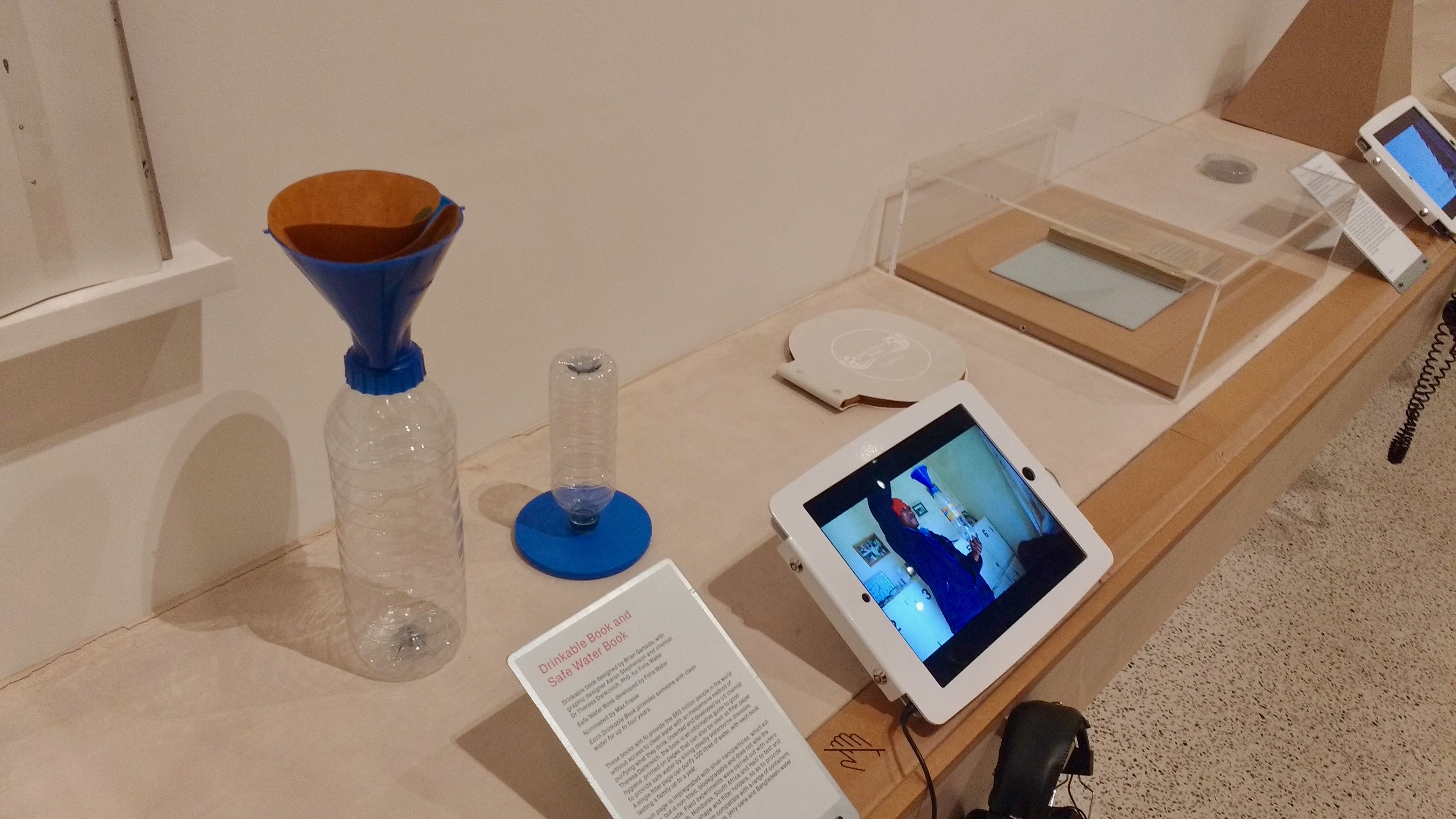
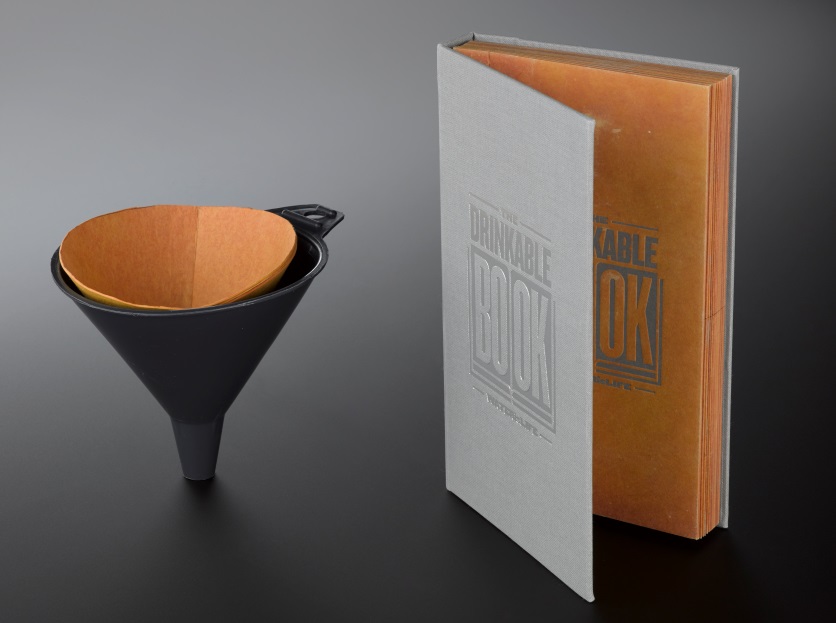
Drinkable Book
I voted for the Drinkable Book. This design left a lasting impact on me because of its innovative way of solving a developing world problem. The book binds filter paper sheets designed to filter unclean water. Each page can filter 100 litres of water and one book can last a family of four up to a year! This product was the one that really made me think, why has this not been done before? This is great design because it's so basic and yet so life changing.
My (first and hopefully not last!) Design Museum experience was a very welcome and short escape from the miserable weather of London.